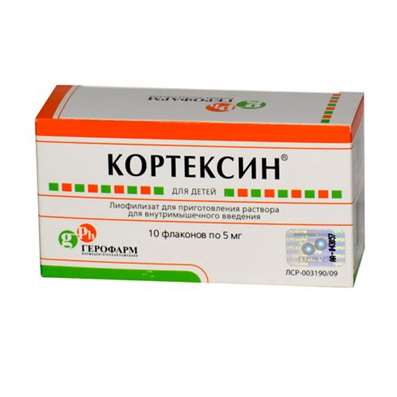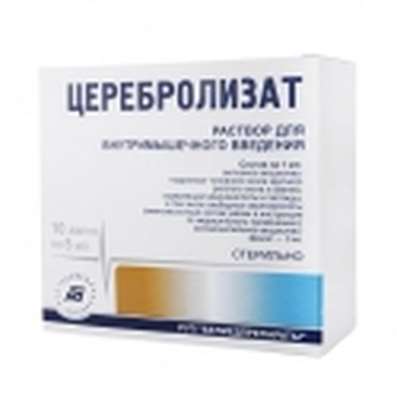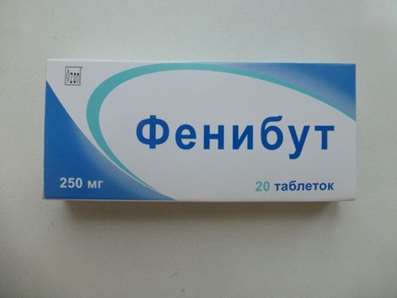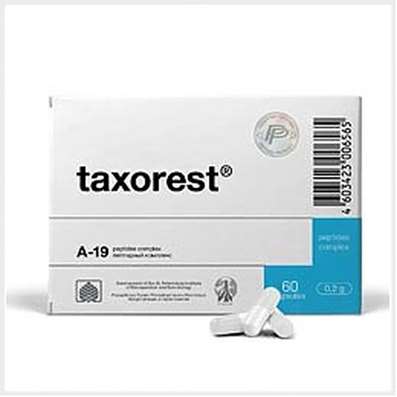Instruction for use: Cuprenyl
I want this, give me price
Dosage form: Film-coated tablets
Active substance: Penicillaminum
ATX
M01CC01 Penicillamine
Pharmacological groups:
Anti-inflammatory drug [Immunodepressants]
Anti-inflammatory agent [Detoxifying agents, including antidotes]
The nosological classification (ICD-10)
E83.0 Copper Exchange Disorders: Wilson-Konovalov Disease; Wilson-Konovalov syndrome; Hepatolenticular degeneration; Hepatocerebral dystrophy; Dystrophy hepatocerebral; Wilson disease; Wilson-Westphal-Konovalov disease; Congenital toxicosis of the skin; Menkes disease
E83.1 Metabolic disorders: Hemosiderosis; Hemochromatosis; Hemomelanosis; Diabetes Bronze; Idiopathic hemochromatosis; Siderophilia; Transfusion hemosiderosis; Chronic excess iron in the body; Troisier-Ano-Shaffar Syndrome; Cirrhosis of pigment
K70.3 Alcoholic cirrhosis of the liver: Alcoholic cirrhosis; Cirrhosis of the liver of alcoholic origin
L94.0 Localized scleroderma [morphea]: Scleroderma limited; Systemic scleroderma; Cutaneous scleroderma; Teardrop scleroderma; Limited scleroderma; Focal scleroderma
M06.9 Rheumatoid arthritis, unspecified: Rheumatoid arthritis; Pain syndrome in rheumatic diseases; Pain in rheumatoid arthritis; Inflammation in rheumatoid arthritis; Degenerative forms of rheumatoid arthritis; Children's rheumatoid arthritis; Exacerbation of rheumatoid arthritis; Acute articular rheumatism; Rheumatic arthritis; Rheumatic polyarthritis; Rheumatoid arthritis; Rheumatic polyarthritis; Rheumatoid arthritis; Rheumatoid arthritis; Rheumatoid arthritis of active course; Rheumatoid periarthritis; Rheumatoid polyarthritis; Acute rheumatoid arthritis; Acute rheumatism
M34 Systemic sclerosis: scleroderma; scleroderma is a generalized; diffuse scleroderma; scleroderma universal; Progressive systemic sclerosis; Buschke's disease; scleredema; Sclerema aponeurotic benign
N03 Chronic nephritic syndrome: Glomerulonephritis chronic; Development of nephrotic syndrome; Syndrome of nephritic chronic; Chronic diffuse kidney disease; Chronic glomerulonephritis
N20-N23 Urolithiasis: Urolithiasis; Nephrolithiasis; Nephrourolythiasis; Urine nephrourolytiaz; Oxalate Urolithiasis; Urolithiasis; Periodic formation of uric acid stones
T56.0 Toxic effect of lead and its compounds: Lead toxicity; Toxic effect of lead and its compounds; Lead poisoning; Poisoning with sleeping pills and narcotic drugs; Chronic lead poisoning; Lead colic; Plumbism; Acute lead encephalopathy; Lead poisoning
T56.1 Toxic effects of mercury and its compounds: Mercury intoxication; Chronic mercury poisoning
T56.4 Toxic effect of copper and its compounds: copper intoxication
T56.5 Toxic effects of zinc and its compounds: Zinc poisoning; Intoxication with zinc; Zinc compounds poisoning; Foundry fever; Zinc Fever
T56.8 Toxic effects of other metals: Cesium poisoning; Poisoning with cerium; Magnesium and its compounds; Cobalt poisoning; The poisoning of gold compounds; Chronic nickel intoxication; Poisoning with magnesium salts; Poisoning by plutonium
Composition
Tablets, coated with a film membrane 1 tab.
active substance:Penicillamine 250 mg
Auxiliary substances: potato starch - 43.75 mg; Lactose monohydrate - 166.25 mg; Povidone - 25 mg; Talcum - 10 mg; Magnesium stearate - 5 mg
Film membrane: hypromellose - 10.51 mg; Macrogol 4000 - 0.8 mg; Titanium dioxide (E171) -2.51 mg; Dye azorubin (E122) 1.18 mg
Pharmachologic effect
Mode of action - Anti-inflammatory, immunosuppressive, complexing.
Dosing and Administration
Inside, at least 30 minutes before meals, washed down with water, or 2 hours after eating or other drugs.
Wilson-Konovalov's disease
Adults - 1.5-2 g / day in divided doses. After achieving remission, the dose can be reduced to 0.75 or 1 g / day. In patients with a negative balance of copper, the minimum effective dose of penicillamine should be used.
A dose of 2 g / day should be applied for not more than 1 year.
Elderly patients - 20 mg / kg / day in fractional doses. The dose should be selected in such a way as to achieve remission of the disease and maintain a negative balance of copper.
Children - usually 20 mg / kg / day in divided doses.
The minimum dose is 500 mg / day.
Cystinuria
It is best to establish the minimum effective dose after quantifying the concentration of amino acids in the urine by chromatographic method.
Dissolution of cystine stones
Adults - 1-3 g / day in fractional doses. Keep the concentration of cystine in the urine below 200 mg / l.
Prevention of cystine lithiasis
Adults - 0.5-1 g / day until the concentration of cystine in the urine is below 300 mg / l.
Elderly patients - prescribe the minimum dose until the concentration of cystine in the urine is below 200 mg / l.
Children - prescribe a minimum dose, which allows you to achieve a cystine concentration in the urine below 200 mg / l.
During treatment it is recommended to drink a large amount of liquid - at least 3 liters per day. The patient should drink 500 ml of water before bedtime, and then 500 ml at night, when the urine is more concentrated and more acidic than during the day. Usually, the more liquid the patient drinks, the lower his need for penicillamine.
A diet with a low methionine content is also recommended to reduce the synthesis of cystine. In view of the low protein content, such a diet is not recommended for children during growth and pregnant women.
Lead poisoning
Adults - 1-1.5 g / day in fractional doses until the achievement of lead excretion in the urine within 0.5 mg / day.
Elderly patients - 20 mg / kg / day in fractional doses until reaching lead excretion in the urine within 0.5 mg / day.
Children - 20 mg / kg / day.
Rheumatoid arthritis
Adults - 250 mg / day during the first month of application of the drug. Then the dose is increased every 4-12 weeks by 250 mg until remission is achieved. After that, apply the minimum effective dose, which allows you to slow down the symptoms of the disease. If the therapeutic effect is not achieved within 6 months of the drug administration, treatment should be discontinued.
The maintenance dose is usually 500-750 mg / day. Do not exceed the dose of 1.5 g / day. After achieving remission of the disease, lasting 6 months, the dose of the drug should be gradually reduced by 250 mg every 12 weeks.
Elderly patients - the initial dose should not exceed 250 mg / day during the first month of application of the drug. Then the dose can be increased every 4-12 weeks by 250 mg until remission is achieved. Do not exceed the dose of 1 g of drug per day.
Children - 15-20 mg / kg / day. The initial dose is 2.5-5 mg / day, it can be increased gradually every 4 weeks for 3-6 months to the minimum effective dose, but not more than 500 mg.
Systemic scleroderma
For 250 mg / day during the first month of application. Then the dose is increased every 4-12 weeks by 250 mg to 1 g / day, followed by a decrease to 250-500 mg / day. The effect is estimated after 6-12 months of application of the drug.
Release Form
Tablets, film-coated, 250 mg. For 15 tables. In a blister of PVC and aluminum foil; 2 blisters in a cardboard box. For 100 tab. in the bank; 1 bank in a cardboard box.
Manufacturer
The legal entity in whose name the registration certificate was issued: Teva Pharmaceutical Enterprises Ltd., Israel.
Manufacturer: Teva Operas Poland Sp. Z oo, Senkevicha, 25, 99-300 Kutno, Poland.
Address for receiving claims: 119049, Moscow
Conditions of supply of pharmacies
On prescription.
Storage conditions of the drug Cuprenyl
At a temperature of 15-25 ° C.
Keep out of the reach of children.
Shelf life of the drug Cuprenyl
3 years.
Do not use after the expiry date printed on the package.

 Cart
Cart





